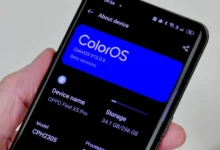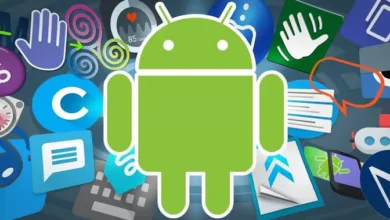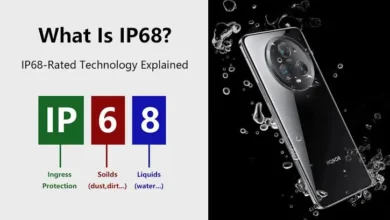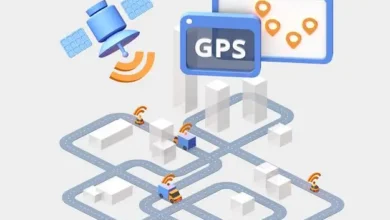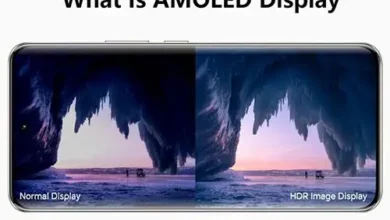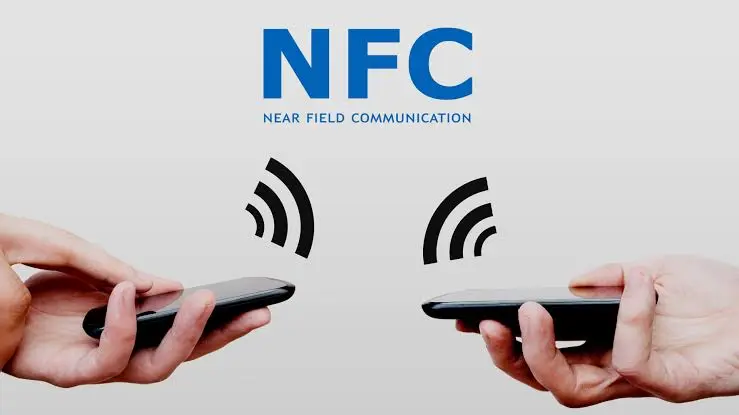

What is NFC – You’ve likely started seeing more devices, credit cards, keychains and more featuring “tap and go” capabilities powered by NFC technology. But what exactly is NFC, and how does it work? This article will provide a straightforward overview explaining key details about this increasingly popular contactless communication method.
Defining Near Field Communication (NFC Meaning)
NFC stands for Near Field Communication. It is a wireless connectivity standard that allows enabled devices to establish radio communication over very short distances – usually less than 4cm. The technology has become ubiquitous thanks to wide adoption from device manufacturers and companies wanting contactless capabilities.
When an NFC device is held close to a compatible reader or other device, information can be securely transferred between the two. This enables the convenient “tap” actions and transactions that many consumers now rely on daily when making purchases, accessing services, sharing data, and more.
NFC Technical Specifications
NFC-enabled devices utilize electromagnetic radio fields operating within the unlicensed ISM band at 13.56 MHz to transfer data. Transfer speeds top out at a maximum of 424 Kbit/s. While not fast compared to WiFi or cellular, it provides enough bandwidth for key use cases like:
- Contactless transactions via payment terminals
- Sharing links, photos, or documents between devices
- Secure physical access control for doors, elevators, etc.
- Automated transit payments in bus, rail, and toll collection systems
- Interactive marketing efforts and digital signage
This short-range connectivity and advanced security features make NFC a versatile option for numerous applications.
Main NFC Operating Modes

The NFC standard defines several main modes of operation:
- Reader/Writer Mode– The NFC device reads info from compatible tags or can write information into them.
- P2P Mode – Two NFC-capable devices can connect directly to exchange data like contacts, photos, web links, documents, etc.
- Card Emulation Mode– Like a phone or wearable, the NFC device can replace contactless smart cards for tap-based transactions.
Additionally, NFC tags provide small cheap stickers or keychains that can be programmed with URLs, text, or tasks for phones to read and action.
Key Advantages Of NFC
With increasing support from major manufacturers, NFC adoption has grown quickly across payment terminals, wearables, mobile devices, identity cards, and automotive systems. Key advantages include:
- Convenience – Tap-and-go transactions or data sharing is quick and easy
- Security– Encrypted data along with the super short range limits vulnerabilities
- Versatility – Multiple modes allow varied use cases, from payments to marketing
- Backward Compatibility – NFC builds on existing contactless card infrastructure.
Conclusion
So, in summary, NFC enables fast, secure, proximate exchanges between enabled devices across numerous platforms. Understanding the basics helps illustrate why contactless “tap and go” experiences powered by Near Field Communication continue to provide immense consumer and business value.



